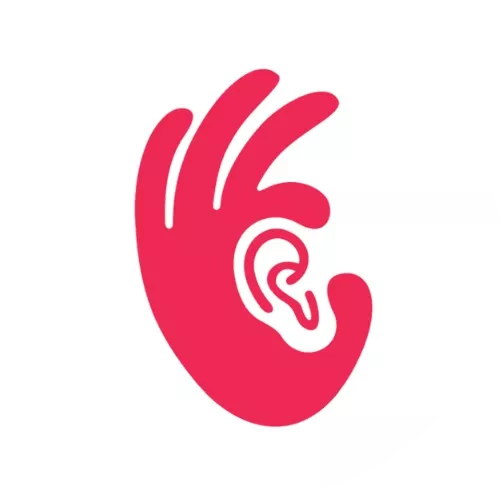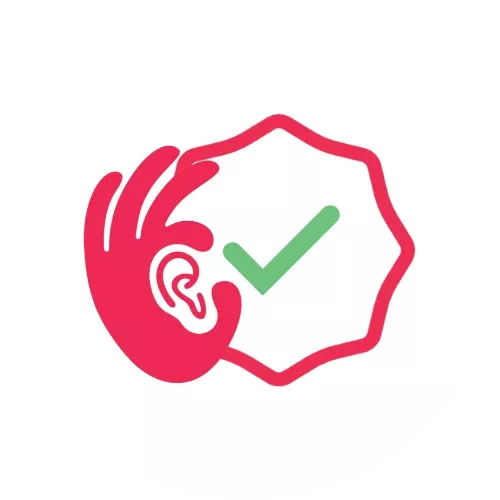
It is rather concerning that hearing aids are commonly regarded by the mainstream as a ""senior citizen"" device. Nothing could be further from the truth. Unbeknownst to many, these devices are actually hi-tech gadgets, similar to your laptops and computers, that could help many working adults with hearing loss in their day-to-day life. Did you know, most hearing aids can now wirelessly pair with your electronics via Bluetooth to stream music, videos and calls directly into your ear? Besides that, some high-end hearing aids utilise machine learning and A.I to improve speech intelligibility in noisy environments, keep track of your health and daily activities, incorporate fall detection and many more. Written by patrick seow wi liam
In the past 20 years, hearing aids have evolved from the ghastly big and bulky instrument worn around your ear, to something of an engineering marvel. Walk into your local hearing centre and you'll be pleasantly surprised to find that, much like the innovation of the smartphone, hearing aids are now available in a variety of models. In this article, we shall examine three different types of hearing devices and hopefully, shed some light on the obscurity that is the modern hearing aid.
Behind the ear hearing aids (BTE)
This is what comes to mind when we think of a conventional hearing aid. BTE are considered to be giants amongst the various types of hearing aids. As it is able to house a much larger battery, it packs more power. This makes it a viable option for all levels of hearing loss, in particular severe hearing loss as they would require greater amplification to hear better. In general, a large hearing aid is able to provide sufficient amplification to those experiencing severe hearing loss while a smaller hearing aid may not. Without sufficient amplification, hearing aid users may not be able to hear clearly. Another demographic that BTE caters for are children. Children typically experience rapid growth in size. Their ears will grow at a much faster rate than adults. This will be a problem as most parents are aware of how often they need to buy new clothes for their little ones. Fortunately, unlike other types of hearing aids, BTE can be worn with the use of an earmold. These earmolds are made of silicon and are relatively affordable. Therefore, instead of changing your child's hearing aid every few years, you only need to change the earmold which helps to keep costs low.
Receiver in the canal hearing aids (RIC)
Aptly named due to the fact that this type of hearing aid has its receiver situated inside the ear canal. Receivers are the component of the hearing aids where sounds are generated, akin to a mini loudspeaker. All hearing aids have receivers. The difference between a BTE and a RIC is that the receivers of BTE are located inside the hearing aid body itself while the receivers of RIC are placed in the ear canal closer to the ear drum. This is partly why RIC hearing aids can be made smaller, sleeker and overall lighter compared to their BTE counterparts and by extension, more cosmetically appealing. Moreover, RIC come with domes, rather than earmolds which offers a less occluded sensation leading to a more natural sounding speaking voice. This makes RIC suitable for users with high frequency hearing loss. Though, keep in mind that the smaller size of the RIC come at a cost. They may not be able to provide as much amplification as traditional BTE which reduces their utility for those with severe to profound hearing loss. Furthermore, the receivers of an RIC is particularly vulnerable to sweat and earwax build-up because of its proximity to the ear canals which can compromise the integrity of the receiver. Therefore, extra care and servicing may be required for the RIC to function at optimum level.
Completely in the canal (CIC)
CIC or completely in the canal hearing aids are one of the smallest hearing aids in existence. They can fit snugly inside your ear canals and are almost invisible to the outside world. The only way anyone would even notice it is if they were to pull your ear and eyeball the opening of your ear canal. To obtain a CIC, you must first take an ear impression with an audiologist. The impression is then sent to manufacturers who will then custom make the CIC to fit the shape and size of your ear. CIC hearing aids are prized for their comfort and low profile. Additionally, as it sits deep inside your ear, the CIC is able to take advantage of the natural sound localisation properties of your ear pinna which helps you to pinpoint the direction sounds are coming from. The miniscule size of the CIC also means that it has a very high cosmetic appeal to those who are interested in discretion. But yet again, size does matter. This type of hearing aids is more suitable for individuals with mild to moderate hearing loss as it can only house the smallest hearing aid battery available, which drastically reduces its power supply and range of amplification. CIC hearing aids are not appropriate for children as the shape and size of their ears change rapidly with age which results in exorbitant costs since you would need to take an ear impression and replace the hearing aids very frequently. It can also be a choking hazard. Lastly, unlike other hearing aid models, CIC are remarkably basic in terms of additional features. Some do not come with an external volume control switch, telecoil and directional microphone as it would take up precious space. However, thanks to its small and minimalist design, CIC can be more convenient and less of a hassle for those who wear helmets, headscarves, headphones, glasses, face masks and other various headgears.
Now that we have explored these types of hearing aids, which do you think is the most suitable for you? Do not worry if you are left with more questions than answers. We understand that choosing the right hearing aid can be tricky without adequate information. Our audiologists will be more than happy to explain the pros and cons of each type of hearing aid in detail so you can make an informed decision. Schedule an appointment with us now!
Patrick Seow, Clinical Audiologist at 20dB Hearing
 ISO认证公司
ISO认证公司
 国际支持
国际支持
 定制听力解决方案
定制听力解决方案
 注册MAHP听力学家
注册MAHP听力学家
 满意保证
满意保证
 最佳客户服务
最佳客户服务
 最佳企业社会责任
最佳企业社会责任